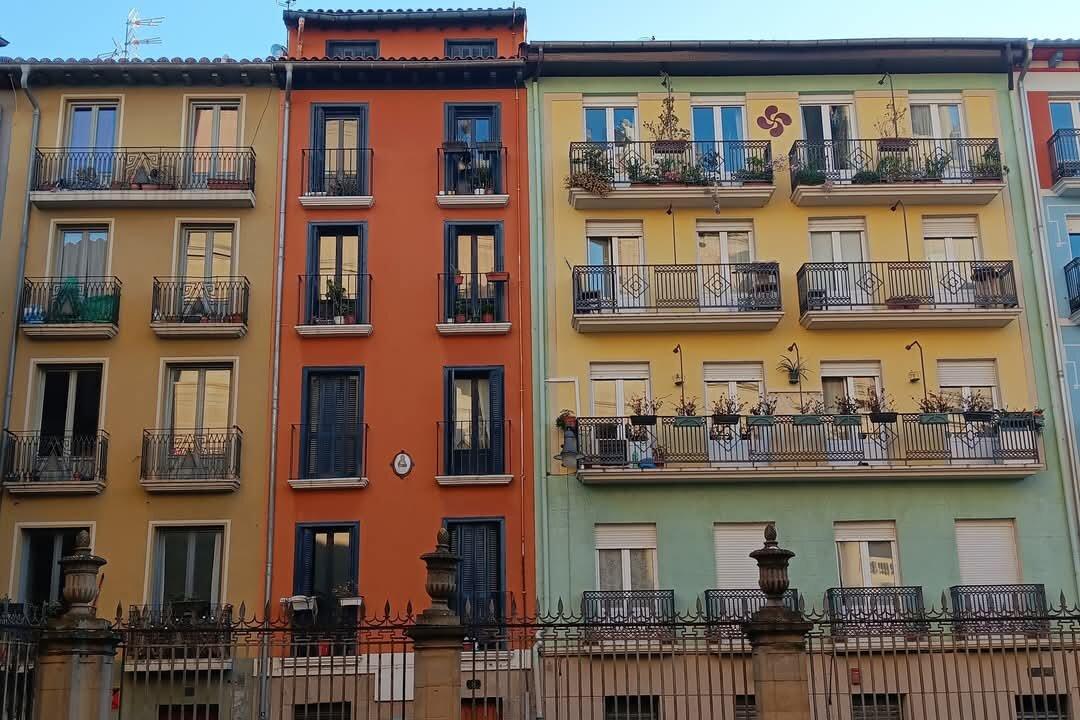Residents in Spain and Italy, two of Europe’s most popular vacation destinations, are struggling to make ends meet amid a dire shortage of affordable long-term housing.
According to research from the European Central Bank and the Bank of Spain, the Spanish housing crisis has its roots in a collapse of the real estate bubble in 2008, followed by a lag in new construction until 2023.





